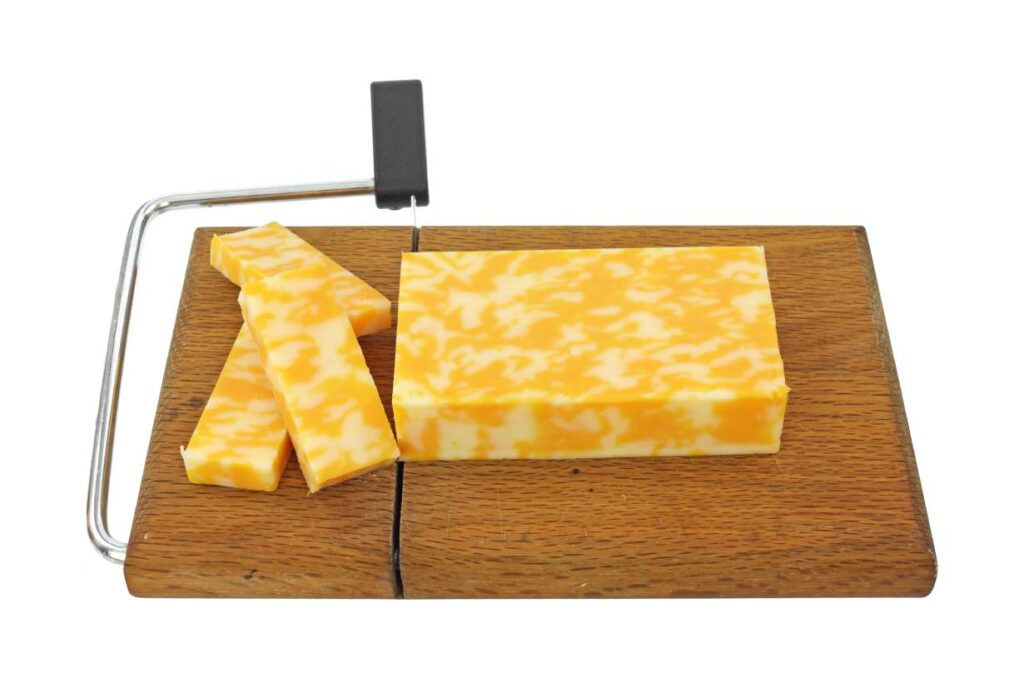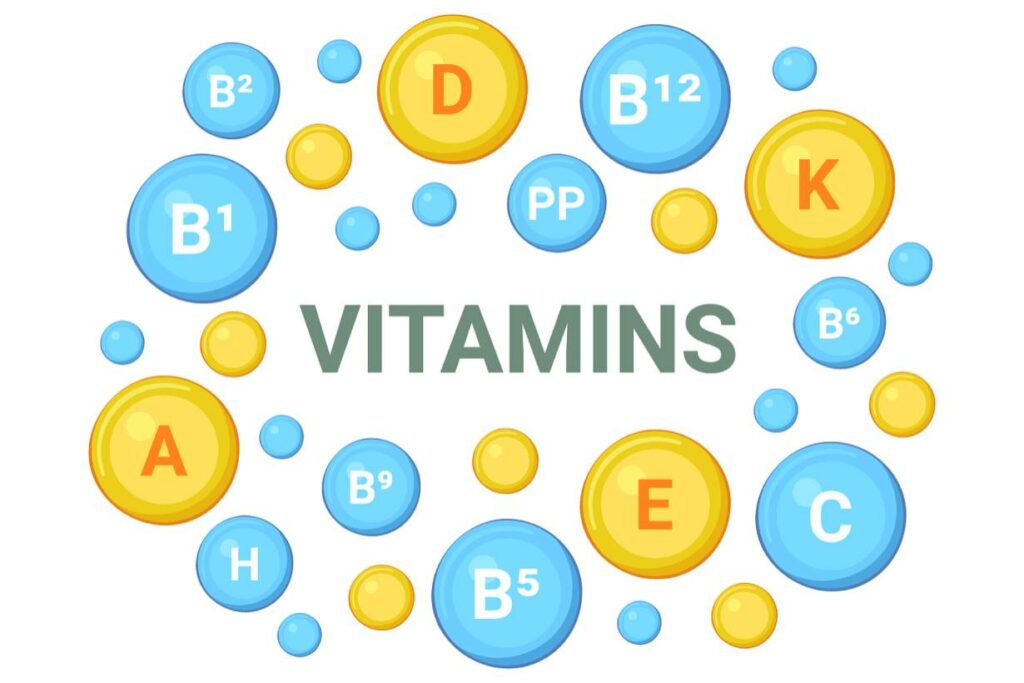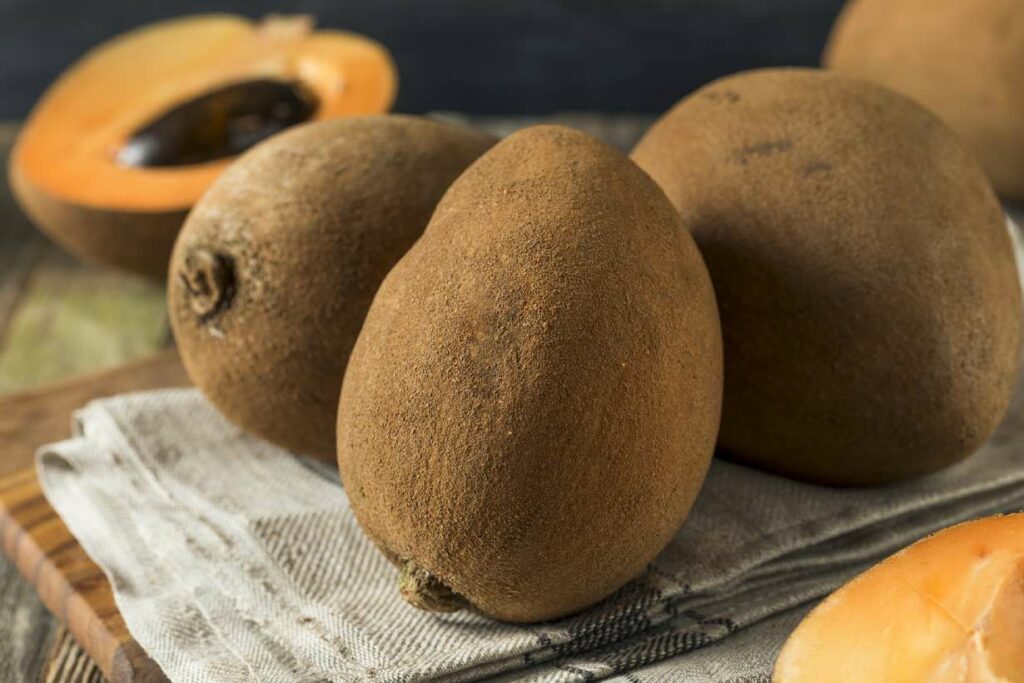Colby Jack Cheese: a Nutritional Guide
Last updated: by Michael Joseph, MSc, ANutr
Colby Jack is a widely popular variety of cheese made in the United States. Renowned for its versatility, the cheese features in a wide range of foods. But what exactly …



